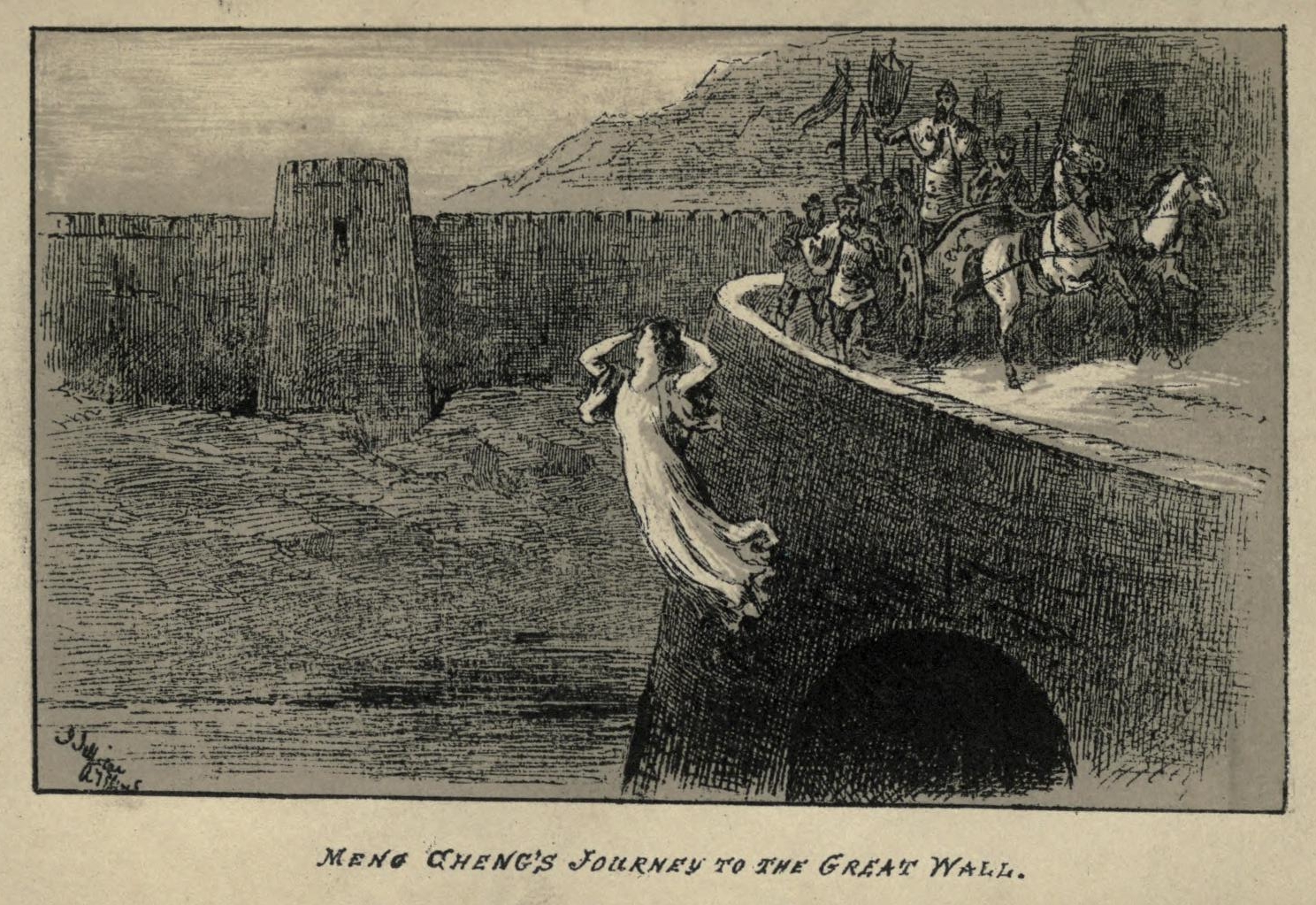The Great Wall is one of the most famous features of China that has been standing for several centuries. Despite its universal recognition, the Great Wall has discrepancies in its debatable history that many people believe today. Arthur Waldron, the author of The Great Wall of China: From History to Myth, brings the popular misconception to light: the Great Wall was not created in seventh century B.C.E. but much later, after sixteenth century C.E.
He furthers his case and states that because societal knowledge of the creation of the Great Wall of China is incorrect, the Great Wall before the 1600s is nonexistent. To generate both arguments, Waldron discusses archaeological evidence, anecdotes (and lack there of), and timeline justification. Using these discussion points, he ultimately states that the history of the Great Wall is a social construct, established by modern thinkers through misinterpretation.

There is a popular legend surrounding the Great Wall, and it is called the legend of Lady Meng Jiang. I read the version titled Mobilizing the Gods, written by W.L. Idema, in Meng Jiangnü Brings Down the Great Wall: Ten Versions of a Chinese Legend:
Newlywed Xu Meng Jiang’s husband is drafted to build a great wall, ordered by the Emperor of the Qin dynasty. After nearly a year of waiting, Meng Jiang embarks on a journey to her beloved husband but discovers the bones of her dead husband in the wall. The emperor arrives at the site and wants Meng Jiang to be his wife. She agrees in exchange for a proper burial for her husband by the sea. At the funeral, Meng Jiang escapes and jumps into the water. This experience transforms the “stupid and sinful king [to become] a virtuous ruler,” stopping the building of the wall.
To my surprise, this story depicts the Great Wall as a disgrace. I assume that this legend influences Chinese people to remember and honor the precious lives that were lost prior to celebrating the remarkable achievement that is the Great Wall of China. Additionally, the supernatural elements embedded in the story encourage readers to reconsider the truth of the formation of the Wall. This notion of reorienting aligns with historians’ statements that the Wall was not made during the Qin dynasty.
Bibliographic References
Idema, W. L. Meng Jiangnü Brings Down the Great Wall: Ten Versions of a Chinese Legend. A China Program Book. Seattle: University of Washington Press, 2008.
Waldron, Arthur. The Great Wall of China: From History to Myth. Cambridge Studies in Chinese History, Literature, and Institutions. Cambridge England: Cambridge University Press, 1990.